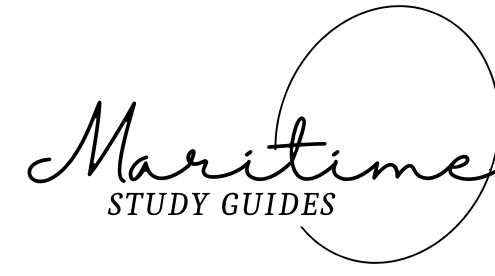Distress Signals
Communicating shipboard distress (in particular, emergencies requesting vessel assistance) can be done via the following methods:
- Calling “Mayday, Mayday, Mayday” over VHF channel 16 followed by your name, location, and time permitting, other details (nature of distress, persons on board, life saving equipment onboard, etc).
- Note that listening to VHF channel 16 is not only mandatory for all radio operating vessels, but it is monitored 24 hours a day by the Canadian Coast Guard’s various Radio Operations Centers (ROC). They are in constant coordination with the Join Rescue Coordination Center for the area that can assist in tasking lifeboats, hovercrafts, helicopters, shore based resources like police, fire, and ambulance services, and a variety of other emergency resources. Professionalism and concise communication is expected on this channel.
- Activation of an EPIRB (Emergency Positioning Indicating Radio Beacon)
 Flare activation:
Flare activation:
- Red hand held flare
- Parachute flare
- Multi star flare
- Orange smoke flare
- Continuous sound signal (fog horn, ship’s bell, ship’s whistle)
- Firing of gun or explosives on one minute intervals
- Person continuously raising and lowering outstretched arms
- Using a flashlight transmitting S.O.S. in Morse code (3 short, 3 long, followed by 3 short)
- Using radiotelegraph to transmit S.O.S. in Morse code
- Visible flames from the vessel, possibly from a burn barrel
- Letter flags representing November above Charlie (See International Maritime Signal Flags)
- A square flag with a ball either above it or below it
- The distress signal flag of a square next to a circle
